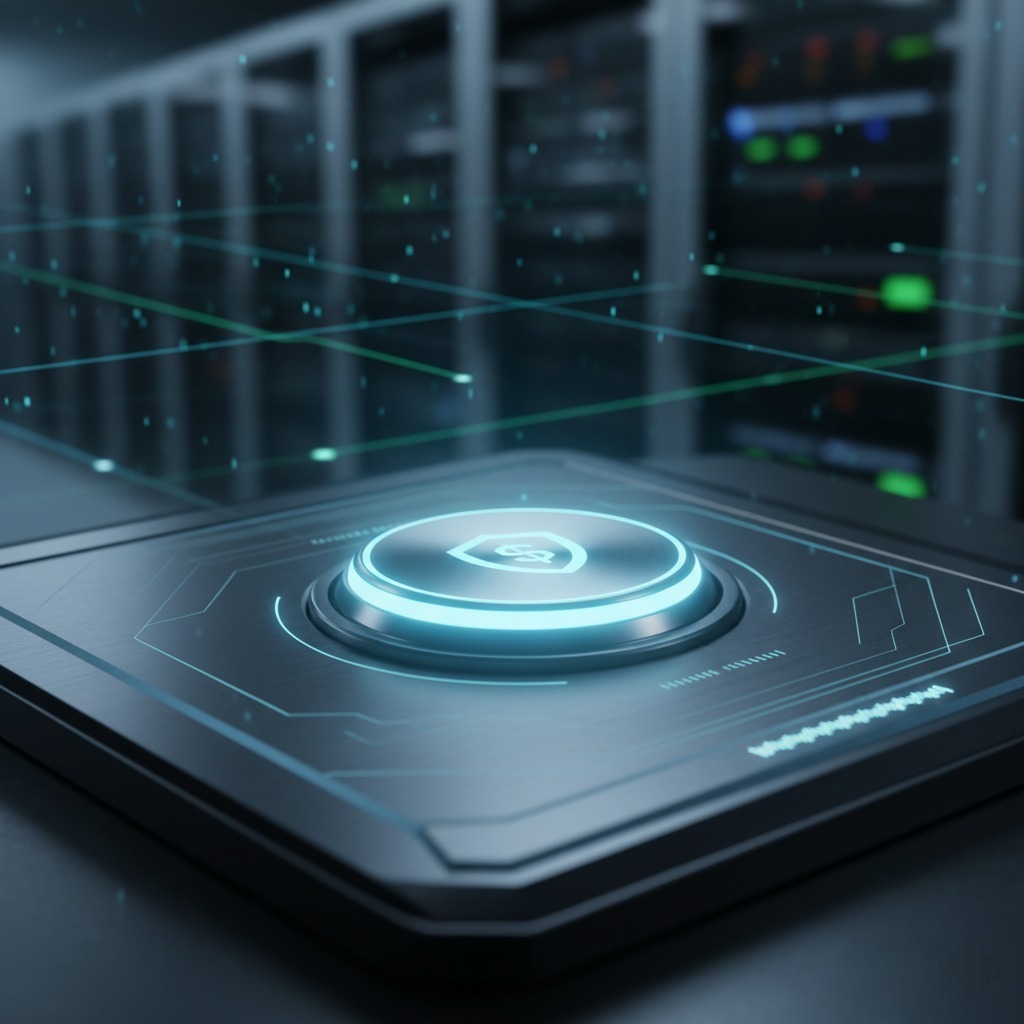
As Cloud computing technology has evolved, various Cloud services like Fog, Edge, Multi-cloud, Hybrid Cloud, etc. have also come in the market. This creates confusion for an enterprise on deciding the most beneficial service because of the naming conventions. CoreIT gives below the various uses of such Cloud services.
Multi-cloud:
Utilizing multiple Cloud services for different services and complex tasks, enterprises use Multi-Cloud solutions. This option is usually utilized in areas where sensitive data is handled on a large scale and huge amount of data transfer and operations are carried on a daily basis.
Hybrid Cloud Computing:
Similar to Multi-Cloud computing, Hybrid Cloud computing has one significant difference. This technology uses different Cloud services, usually a Private and a Public cloud together, for the same task or processes while Multi-Cloud is used for different task processes. This gives flexibility and scalability of public clouds with secure access.
Fog Computing:
Internet of thing (IoT) has necessitated the need for developing a new version of Cloud service for obtaining, analyzing and delivering of data from devices connected to the internet. The system collects, processes and stores data within a local network via a ‘Fog’ node or simply an IoT gateway where the data processes are carried a little closer to the point of data generation.
Edge computing:
Edge computing takes data analysis a little closer, compared to Fog computing. Although used interchangeably with Fog computing, Edge computing processes localized data by involving each device on a network in the processing of information. For this, programmable automation controllers (PAC) are used to take care of processing and communication purposes.
For further clarifications and detailed info on the above services, CoreIT offers consultation regarding the suitability of each technology for various enterprise goals. Reach us and gain an insight into the latest technology and adapt easily to the current trends.

.jpg)
